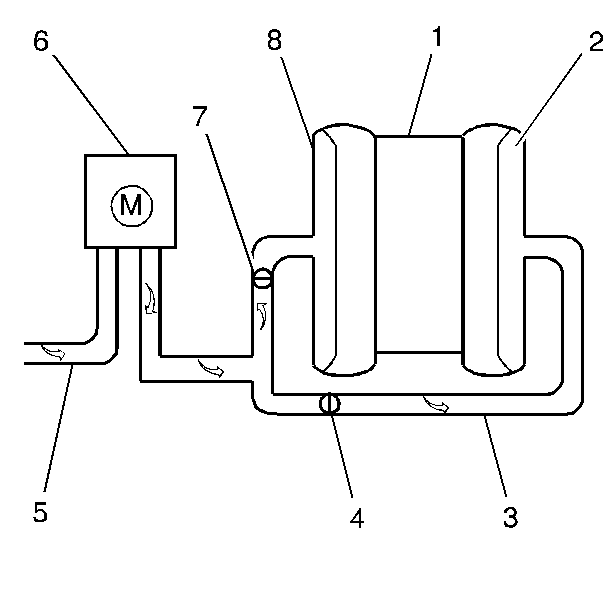The secondary air injection (AIR) system helps reduce hydrocarbon
(HC), carbon monoxide (CO), and oxides of nitrogen (NOx) exhaust emissions.
It also helps to warm up the 3-way catalytic converters quickly on
engine start-up so conversion of exhaust gases can occur sooner.

